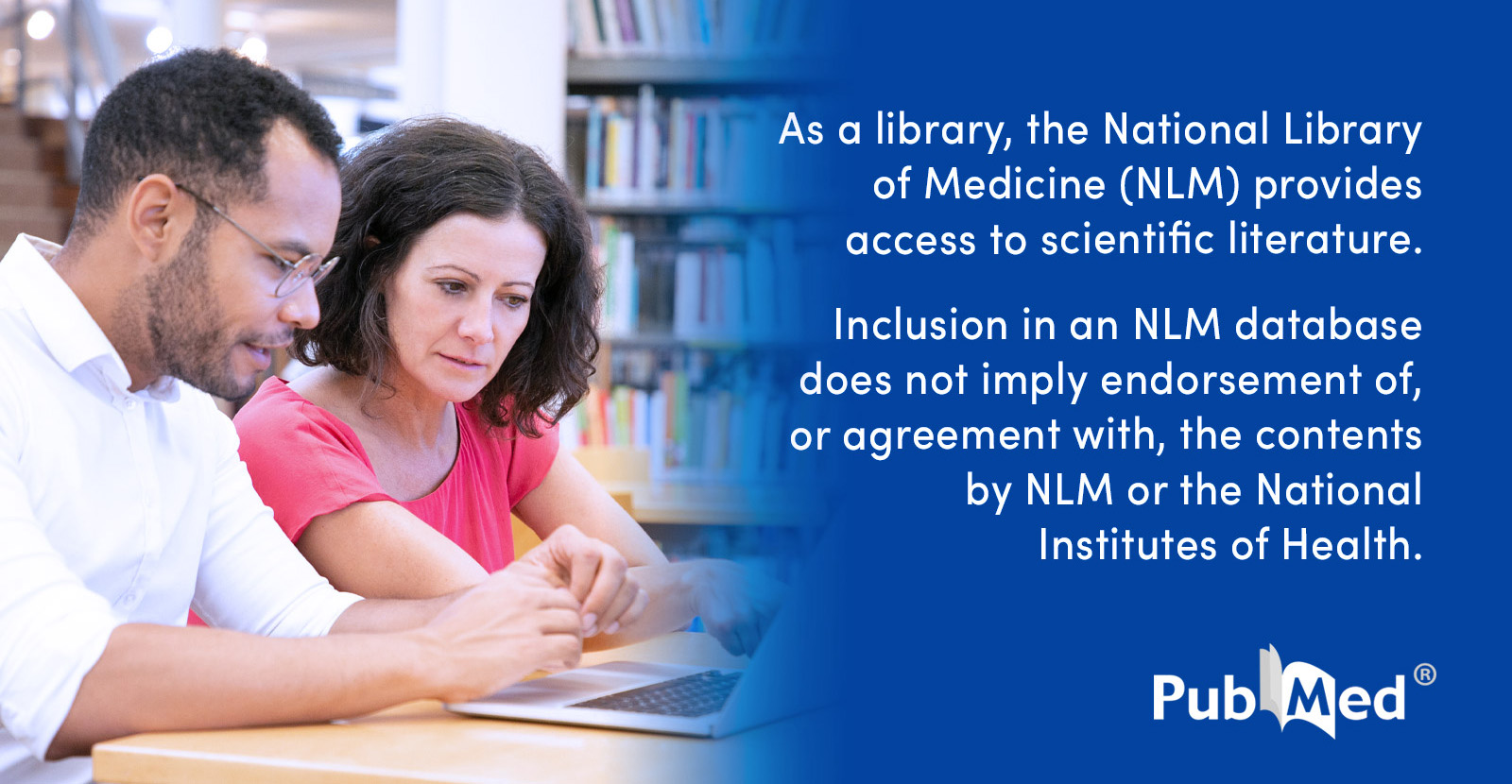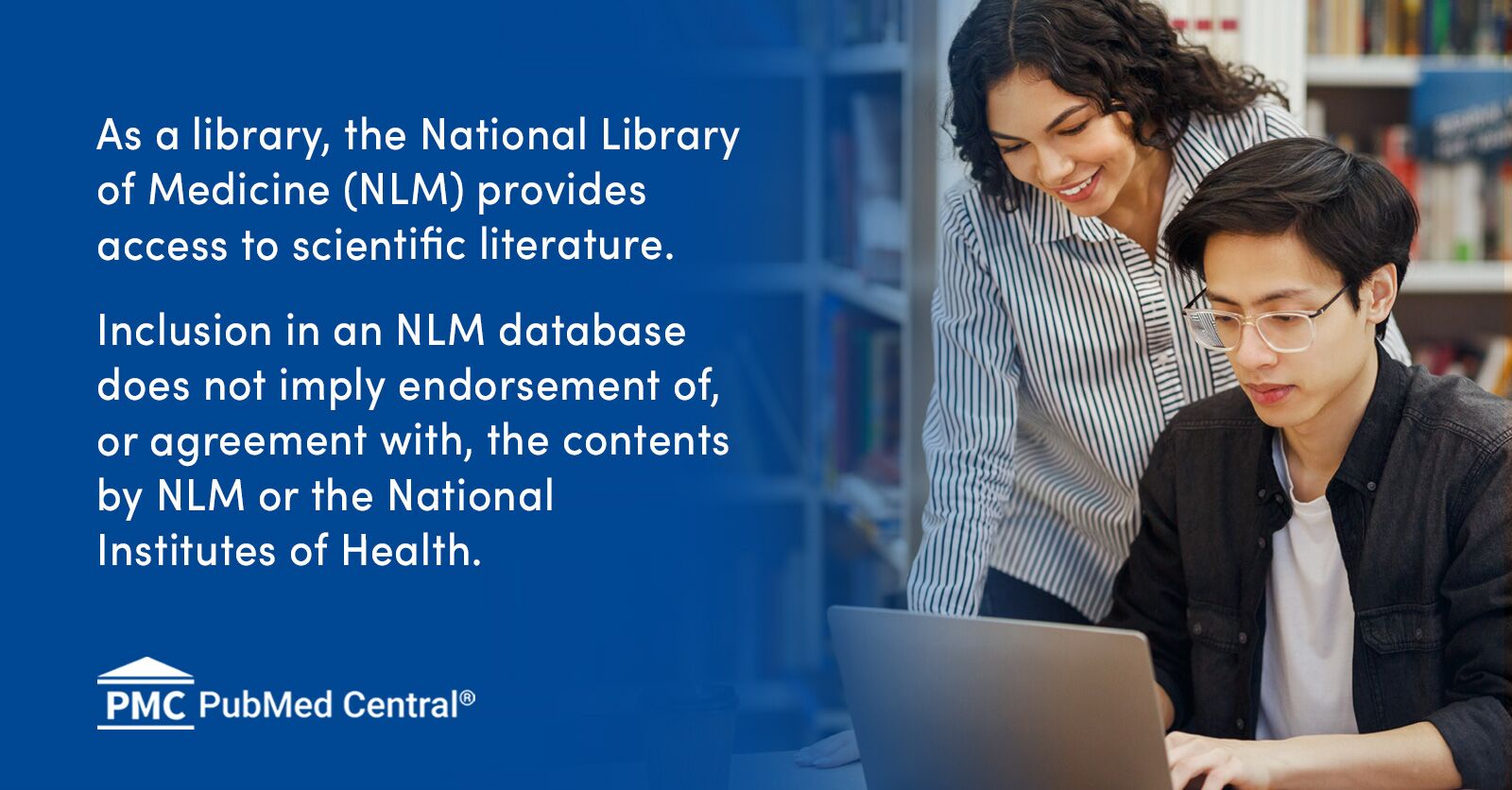Oxytocin has peripheral (hormonal) actions, and also has actions in the brain. Its actions are mediated by specific
oxytocin receptors. The oxytocin receptor is a
G-protein-coupled receptor, OT-R, which requires
magnesium and
cholesterol and is expressed in
myometrial cells.
[46] It belongs to the
rhodopsin-type (class I) group of G-protein-coupled receptors.
[47]
Studies have looked at oxytocin's role in various behaviors, including
orgasm,
social recognition,
pair bonding,
anxiety, in-group
bias, situational lack of
honesty,
autism, and maternal behaviors.
[48]
PhysiologicalEdit
The
peripheral actions of oxytocin mainly reflect secretion from the
pituitary gland. The behavioral effects of oxytocin are thought to reflect release from centrally projecting oxytocin neurons, different from those that project to the pituitary gland, or that are collaterals from them.
[31] Oxytocin receptors are expressed by neurons in many parts of the brain and spinal cord, including the
amygdala,
ventromedial hypothalamus,
septum,
nucleus accumbens, and
brainstem, although the distribution differs markedly between species.
[47] Furthermore, the distribution of these receptors changes during development and has been observed to change after
parturition in the
montane vole.
[47]
- Milk ejection reflex/Letdown reflex: in lactating (breastfeeding) mothers, oxytocin acts at the mammary glands, causing milk to be 'let down' into lactiferous ducts, from where it can be excreted via the nipple.[49] Suckling by the infant at the nipple is relayed by spinal nerves to the hypothalamus. The stimulation causes neurons that make oxytocin to fire action potentials in intermittent bursts; these bursts result in the secretion of pulses of oxytocin from the neurosecretory nerve terminals of the pituitary gland.
- Uterine contraction: important for cervical dilation before birth, oxytocin causes contractions during the second and third stages of labor.[50] Oxytocin release during breastfeeding causes mild but often painful contractions during the first few weeks of lactation. This also serves to assist the uterus in clotting the placental attachment point postpartum. However, in knockout mice lacking the oxytocin receptor, reproductive behavior and parturition are normal.[51]
- In male rats, oxytocin may induce erections.[52] A burst of oxytocin is released during ejaculation in several species, including human males; its suggested function is to stimulate contractions of the reproductive tract, aiding sperm release.[53]
- Due to its similarity to vasopressin, it can reduce the excretion of urine slightly, and so it can be classified as an antidiuretic. In several species, oxytocin can stimulate sodium excretion from the kidneys (natriuresis), and, in humans, high doses can result in low sodium levels (hyponatremia).
- Cardiac effects: oxytocin and oxytocin receptors are also found in the heart in some rodents, and the hormone may play a role in the embryonal development of the heart by promoting cardiomyocyte differentiation.[54][55] However, the absence of either oxytocin or its receptor in knockout mice has not been reported to produce cardiac insufficiencies.[51]
- Modulation of hypothalamic-pituitary-adrenal axis activity: oxytocin, under certain circumstances, indirectly inhibits release of adrenocorticotropic hormone and cortisol and, in those situations, may be considered an antagonist of vasopressin.[56]
- Preparing fetal neurons for delivery (in rats): crossing the placenta, maternal oxytocin reaches the fetal brain and induces a switch in the action of neurotransmitter GABA from excitatory to inhibitory on fetal cortical neurons. This silences the fetal brain for the period of delivery and reduces its vulnerability to hypoxic damage.[57]
- Feeding: a 2012 paper suggested that oxytocin neurons in the para-ventricular hypothalamus in the brain may play a key role in suppressing appetite under normal conditions and that other hypothalamic neurons may trigger eating via inhibition of these oxytocin neurons. This population of oxytocin neurons is absent in Prader-Willi syndrome, a genetic disorder that leads to uncontrollable feeding and obesity, and may play a key role in its pathophysiology.[58]
PsychologicalEdit
- Autism: Oxytocin has been implicated in the etiology of autism, with one report suggesting autism is correlated to a mutation on the oxytocin receptor gene (OXTR). Studies involving Caucasian, Finnish and Chinese Han families provide support for the relationship of OXTR with autism.[59][60] Autism may also be associated with an aberrant methylation of OXTR.[59]
BondingEdit
In the
prairie vole, oxytocin released into the brain of the female during sexual activity is important for forming a pair bond with her sexual partner.
Vasopressin appears to have a similar effect in males.
[61] Oxytocin has a role in social behaviors in many species, so it likely also does in humans. In a 2003 study, both humans and dog oxytocin levels in the blood rose after five to 24 minutes of a petting session. This possibly plays a role in the
emotional bonding between humans and dogs.
[62]
- Maternal behavior: Female rats given oxytocin antagonists after giving birth do not exhibit typical maternal behavior.[63] By contrast, virgin female sheep show maternal behavior toward foreign lambs upon cerebrospinal fluid infusion of oxytocin, which they would not do otherwise.[64] Oxytocin is involved in the initiation of maternal behavior, not its maintenance; for example, it is higher in mothers after they interact with unfamiliar children rather than their own.[65]
- Ingroup bonding: Oxytocin can increase positive attitudes, such as bonding, toward individuals with similar characteristics, who then become classified as "in-group" members, whereas individuals who are dissimilar become classified as "out-group" members. Race can be used as an example of in-group and out-group tendencies because society often categorizes individuals into groups based on race (Caucasian, African American, Latino, etc.). One study that examined race and empathy found that participants receiving nasally administered oxytocin had stronger reactions to pictures of in-group members making pained faces than to pictures of out-group members with the same expression.[66] Moreover, individuals of one race may be more inclined to help individuals of the same race than individuals of another race when they are experiencing pain. Oxytocin has also been implicated in lying when lying would prove beneficial to other in-group members. In a study where such a relationship was examined, it was found that when individuals were administered oxytocin, rates of dishonesty in the participants' responses increased for their in-group members when a beneficial outcome for their group was expected.[67] Both of these examples show the tendency of individuals to act in ways that benefit those considered to be members of their social group, or in-group.
Oxytocin is not only correlated with the preferences of individuals to associate with members of their own group, but it is also evident during conflicts between members of different groups. During conflict, individuals receiving nasally administered oxytocin demonstrate more frequent defense-motivated responses toward in-group members than out-group members. Further, oxytocin was correlated with participant desire to protect vulnerable in-group members, despite that individual's attachment to the conflict.
[68] Similarly, it has been demonstrated that when oxytocin is administered, individuals alter their subjective preferences in order to align with in-group ideals over out-group ideals.
[69] These studies demonstrate that oxytocin is associated with intergroup dynamics. Further, oxytocin influences the responses of individuals in a particular group to those of another group. The in-group bias is evident in smaller groups; however, it can also be extended to groups as large as one's entire country leading toward a tendency of strong national zeal. A study done in the Netherlands showed that oxytocin increased the in-group favoritism of their nation while decreasing acceptance of members of other ethnicities and foreigners.
[70] People also show more affection for their country's flag while remaining indifferent to other cultural objects when exposed to oxytocin.
[71] It has thus been hypothesized that this hormone may be a factor in
xenophobic tendencies secondary to this effect. Thus, oxytocin appears to affect individuals at an international level where the in-group becomes a specific "home" country and the out-group grows to include all other countries.
DrugsEdit
- Drug interaction: According to several studies in animals, oxytocin inhibits the development of tolerance to various addictive drugs (opiates, cocaine, alcohol), and reduces withdrawal symptoms.[72] MDMA (ecstasy) may increase feelings of love, empathy, and connection to others by stimulating oxytocin activity primarily via activation of serotonin 5-HT1A receptors, if initial studies in animals apply to humans.[73] The anxiolytic Buspar (buspirone) may produce some of its effects via 5-HT1A receptor-induced oxytocin stimulation as well.[74][75]
- Addiction vulnerability: Concentrations of endogenous oxytocin can impact the effects of various drugs and one's susceptibility to substance use disorders, with higher concentrations associated with lower susceptibility. The status of the endogenous oxytocin system can enhance or reduce susceptibility to addiction through its bidirectional interaction with numerous systems, including the dopamine system, the hypothalamic–pituitary–adrenal axis and the immune system. Individual differences in the endogenous oxytocin system based on genetic predisposition, gender and environmental influences, may therefore affect addiction vulnerability.[76] Oxytocin may be related to the place conditioning behaviors observed in habitual drug abusers.
Fear and anxietyEdit
Oxytocin is typically remembered for the effect it has on
prosocial behaviors, such as its role in facilitating trust and attachment between individuals.
[77][
qualify evidence] However, oxytocin has a more complex role than solely enhancing prosocial behaviors. There is consensus that oxytocin modulates
fear and
anxiety; that is, it does not directly elicit fear or anxiety.
[78] Two dominant theories explain the role of oxytocin in fear and anxiety. One theory states that oxytocin increases approach/avoidance to certain social stimuli and the second theory states that oxytocin increases the salience of certain social stimuli, causing the animal or human to pay closer attention to socially relevant stimuli.
[79]
Nasally administered oxytocin has been reported to reduce
fear, possibly by inhibiting the
amygdala (which is thought to be responsible for fear responses).
[80] Indeed, studies in rodents have shown oxytocin can efficiently inhibit fear responses by activating an inhibitory circuit within the amygdala.
[81][82] Some researchers have argued oxytocin has a general enhancing effect on all social emotions, since intranasal administration of oxytocin also increases
envy and
Schadenfreude.
[83] Individuals who receive an intranasal dose of oxytocin identify facial expressions of disgust more quickly than individuals who do not receive oxytocin.
[79][
qualify evidence] Facial expressions of disgust are evolutionarily linked to the idea of contagion. Thus, oxytocin increases the salience of cues that imply contamination, which leads to a faster response because these cues are especially relevant for survival. In another study, after administration of oxytocin, individuals displayed an enhanced ability to recognize expressions of fear compared to the individuals who received the placebo.
[84] Oxytocin modulates fear responses by enhancing the maintenance of social memories. Rats that are genetically modified to have a surplus of oxytocin receptors display a greater fear response to a previously conditioned stressor. Oxytocin enhances the aversive social memory, leading the rat to display a greater fear response when the aversive stimulus is encountered again.
[78]
Mood and depressionEdit
Oxytocin produces
antidepressant-like effects in
animal models of
depression,
[85] and a deficit of it may be involved in the
pathophysiology of depression in humans.
[86] The antidepressant-like effects of oxytocin are not blocked by a selective antagonist of the oxytocin receptor, suggesting that these effects are not mediated by the oxytocin receptor.
[17] In accordance, unlike oxytocin, the selective non-peptide oxytocin receptor agonist
WAY-267,464 does not produce antidepressant-like effects, at least in the
tail suspension test.
[87] In contrast to WAY-267,464,
carbetocin, a close
analogue of oxytocin and peptide oxytocin receptor agonist, notably does produce antidepressant-like effects in animals.
[87] As such, the antidepressant-like effects of oxytocin may be mediated by modulation of a different target, perhaps the
vasopressin V1A receptor where oxytocin is known to weakly bind as an agonist.
[88][89]
Sildenafil enhances electrically evoked oxytocin release from the
pituitary gland.
[85] In accordance, it may have promise as an antidepressant.
[85]I hope you're able to get some traditional pain meds.


